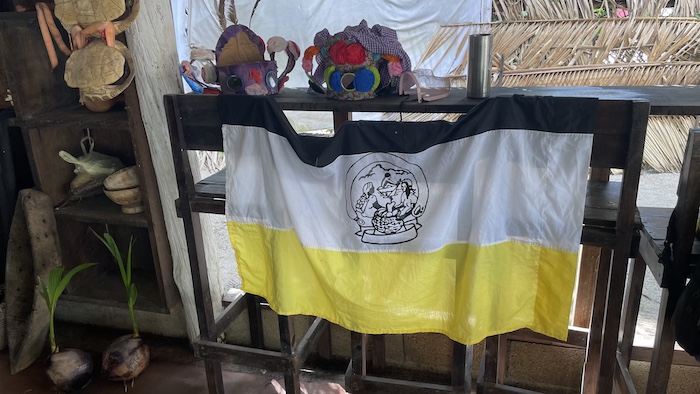Currently Empty: 0,00 €
History
- Home
- History

Our Story
The Garifuna people’s history is one of resilience, shaped by migration, colonialism, and resistance. Originating from the Arawak and Kalinago, their culture reflects a rich blend of Caribbean indigenous traditions. European colonization brought upheaval, leading to forced exile and adaptation. Despite hardships, the Garifuna maintained their identity through oral history, song, and dance, embodying a legacy of survival and cultural endurance.
The history of the Garifuna people is a complex narrative of resilience, survival, and cultural adaptation, shaped by centuries of migration, colonialism, and resistance. While often portrayed as a triumph over adversity, the true story of the Garifuna people reveals a multifaceted journey marked by both triumphs and tragedies. At the core of Garifuna history lies the legacy of indigenous ancestry, tracing back to the First Peoples who inhabited the lands of St. Vincent and the Grenadines long before the arrival of Europeans. Descended from two main groups, the Arawak and the Kalinago (or Karipuna), the Garinagu’s roots are deeply intertwined with the rich tapestry of Caribbean indigenous cultures.
The arrival of European colonizers in the Caribbean marked a tumultuous period of upheaval and exploitation, as indigenous populations faced displacement, disease, and enslavement at the hands of European powers. With the establishment of extensive mines and plantations, the need for labor grew, leading to the kidnapping and trafficking of Africans to the Caribbean to meet the demand for labor.
Despite initial resistance from indigenous populations, European colonization ultimately prevailed, as competing powers vied for control over Caribbean territories. While some islands became strongholds for indigenous communities, such as Dominica and St. Vincent and the Grenadines, many others fell under European rule, leading to widespread displacement and cultural assimilation.
For the Garifuna people, the legacy of colonization is deeply intertwined with themes of migration, genocide, and resistance. Forced removal from their homeland of Yurumein (St. Vincent) by the British in the late 18th century marked a turning point in Garifuna history, as thousands were exiled to the shores of Central America, where they forged new communities amidst unfamiliar surroundings.
Despite the hardships they faced, the Garifuna people persevered, maintaining their cultural identity and traditions through oral history, song, and dance. While aspects of their history may have been sanitized or omitted over time, the resilience and strength of the Garifuna spirit endure, serving as a testament to their enduring legacy and cultural heritage.
In summary, the history of the Garifuna people is a testament to the resilience of the human spirit in the face of adversity. From their indigenous roots to their struggles against colonization and displacement, the Garinagu’s journey is one of survival, resistance, and cultural perseverance, shaping the vibrant tapestry of Garifuna identity that endures to this day.
